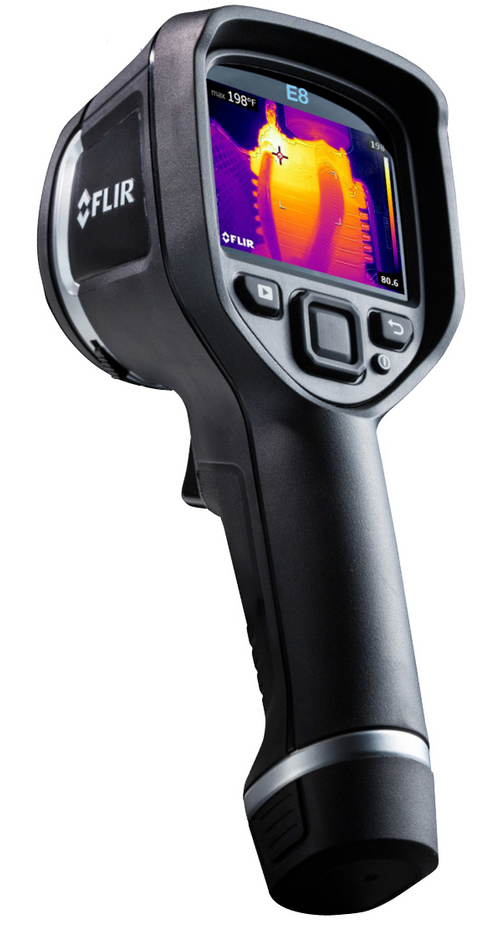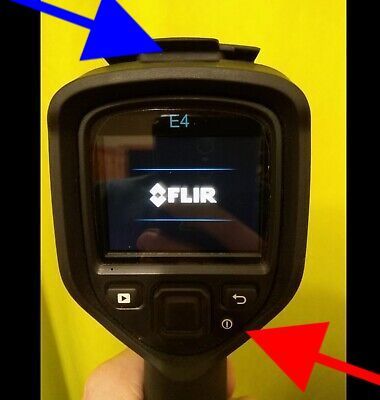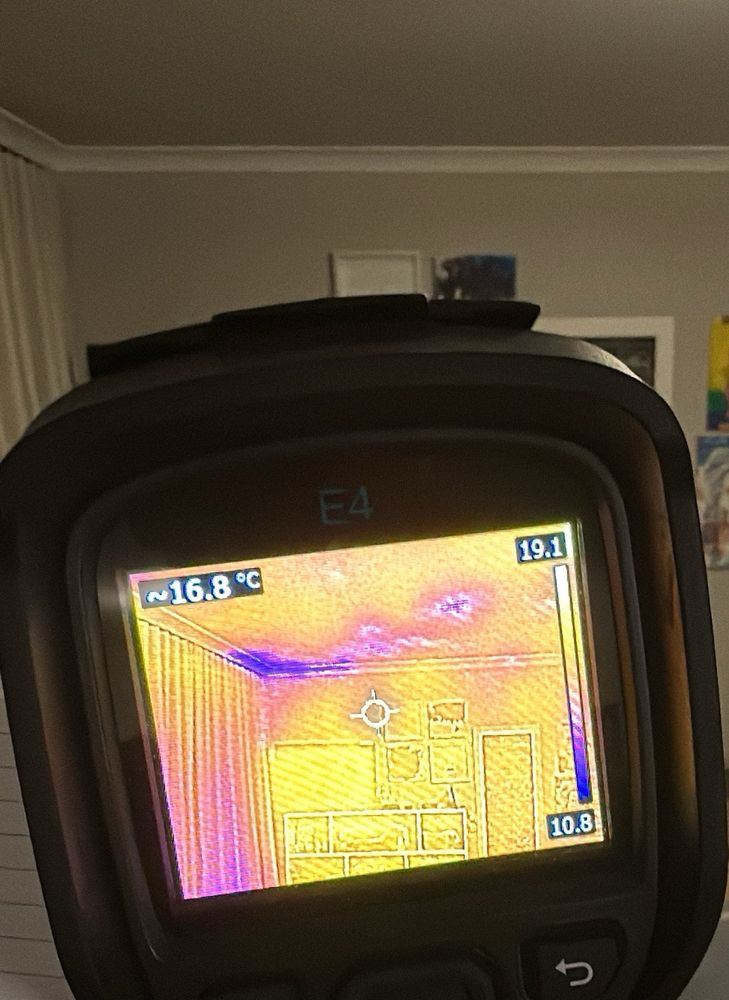Summer: Keeping the Cool In
In the sweltering months, the objective is to keep your cool air inside and the hot air outside. Here's what to focus on:
- Windows and Doors: Look for blue spots which indicate cold air leaking out.
- Air Conditioning Vents: Make sure the cool air is being efficiently distributed within the room and not escaping.
- Walls Facing the Sun: These walls can absorb more heat; make sure they are well-insulated to prevent heat from seeping in.
- Roof: Heat can accumulate in the roof cavity and find its way into the house. A thermal scan can help you pinpoint these hotspots.
- Cracks in Floors and Walls: In the summer, even a small opening can let in a lot of heat
Winter: Trapping the Warmth
In winter, it's all about keeping the heat inside and preventing the cold from entering. Here's what to look for:
- Windows and Doors: Purple/darker spots on your thermal camera can indicate heat escaping.
- Fireplaces and Chimneys: These can be major sources of heat loss if not properly sealed when not in use.
- Heating Vents and Radiators: Confirm that they are efficiently warming the room and that the heat isn’t escaping unnecessarily. You can purchase covers to go over them for the time of the year that they aren't being used.
- Exhausts: Kitchen and bathroom exhausts are often just big holes in your ceiling allowing your warm air to escape. You can purchase baffles for these to keep warm air in.
- Outer Walls: In the winter, it’s these walls that need special attention for heat retention.
- Ceiling and Roof: A lot of heat can escape upwards; make sure your roof cavity is well-insulated. Look for cold patches and particularly along outer walls where perhaps insulation was missed.
Remember, the colour indications on your thermal camera will reverse depending on the season: in summer, you're looking to keep the blue/purple (cool) spots inside, while in winter you want to retain the red (warm) spots. Keep this in mind as you conduct your scans to get the most accurate, seasonally appropriate results.




 Give the unit a charge. the flap up the top opens up revealing a mini usb connection that can be used with the provided charging cord, you can plug into a normal powerpoint to charge the unit.
Give the unit a charge. the flap up the top opens up revealing a mini usb connection that can be used with the provided charging cord, you can plug into a normal powerpoint to charge the unit.